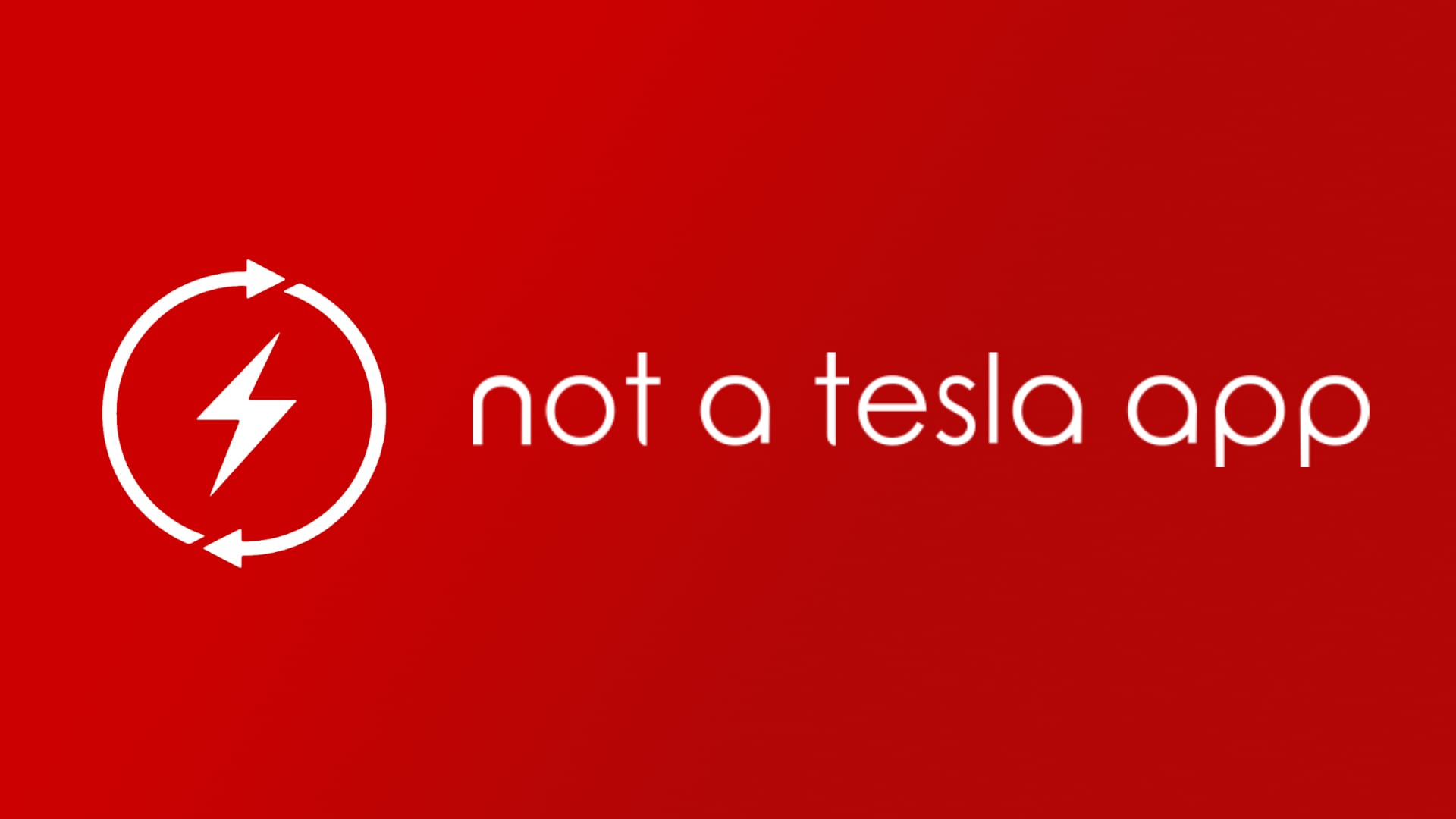Here are some tips and tricks in winter which have worked for me ( Tesla Model 3 ).
Firstly if your car was purchased used then what tyres are fitted to the car ?. Ideally low rolling resistance tyres from Michelin Hankook etc. If your car has cheap eastern european or asian branded tyres then consider changing them.
1. Tyres. Keep all tyres at the recommended pressure. You can add an extra 1-2 psi for better rolling resistance but do not deviate from the recommended pressures by any more. Make sure you check pressures weekly and use a quality tyre pressure gauge. Make sure to keep the original wheel trims in place as they make a significant difference in lowering drag. As I mentioned earlier if your car has cheap un branded tyres then consider buying a new set with low rolling resistance.
2. Driving mode. Avoid using the so called ECO mode. This only dulls the throttle response and alters the climate control settings to a degree but in my use makes little or no difference. Try and keep to 50-60 mph on the open road, anything much faster will eat into your range. Plus turning off sentry mode will improve range a tad as others have pointed out.
3. Climate control. Despite the fitting of a heat pump there is no free lunch here. I normally drive on a cold morning with the climate control fully off and only then turn on the heating after about 5-10 miles of driving to help the motor/s and other electrical components to warm up to their optimum.I then turn on the climate control to heat the interior to 26 F and leave fan speed on low setting one. Try and avoid using air con and/or seat and steering wheel heating if you can, they will affect range a tad. One tip that I use in the winter to maximise range is that once the car was nice and warm I would then turn off the climate control for 5-10 minutes during my trip. I used this method recently ( turning on and off the climate control during my trip ) and I did last week see some excellent consumption figures…namely 210 watt hours per mile which in theory would have given me a range of about 240 miles from my standard range Model 3. So even though the heat pump in concept is an excellent idea and works superbly in harvesting heat from all the components using the climate control can still have a negative affect on range in the winter, at least in my use.
4. To optimise the BMS and maximise the range in winter ( and at other times of the year ) I would recommend the following. Drive the car until you see zero range. If possible drive below this, there is a potential low buffer of about 5-10 miles so keep driving until you are almost at a flat battery ( do this near home to avoid being stranded ). Let the car stand in your driveway for at least an hour at that low state of charge. Next you need to trickle charge. Ideally with the granny charger but a home charger would be fine. Charge the car for a continuous and un-interrupted session. When you see that the car is showing 100% fully charged keep connected for about one hour. This will enable the BMS to see it’s low and high capacity and will ensure you have a full range. This might seem all a bit of a faff but the benefits are worthwile.
Hope that helps and gives you ( and others ) some ideas for maximising range.
Sorry, but most of this is absolute nonsense.
1. The tyres pressure monitoring system is very accurate and is all you need to check the pressures.
2. Eco (I think you mean Chill) has zero effect on the climate control. What it does do is alter the throttle map. On a LR it reduces the use of the front motor to improve efficiency. As there's no front motor on the SR the impact is likely to be limited.
3. Sorry what? This has to be one of the most out there pieces of advice I've ever heard! Drive with no heating in winter. The windscreen will instantly mist. Helps the drive motors etc warm up? How? This is absolute piffle. Leave the climate control in auto all the time. The only time I take it out of auto is when it decides a perfectly clear windscreen needs demisting.
4. Driving down to zero or beyond range is exceedingly poor advice and completely and utterly unnecessary. Get it wrong and your stranded and the manual specifically states that driving to zero and not being able charge immediately may well lead to permanent battery damage. All you need to do is an occasional charge to 100% before a decent length trip.
In any case it will make no difference to efficiency. You are conflating a possible technique to maximise useable battery capacity with efficiency.
I'm not convinced you actually have a Tesla given references to eco mode and lack of awareness of the TPMS. But it remains nonsense regardless of the vehicle.






